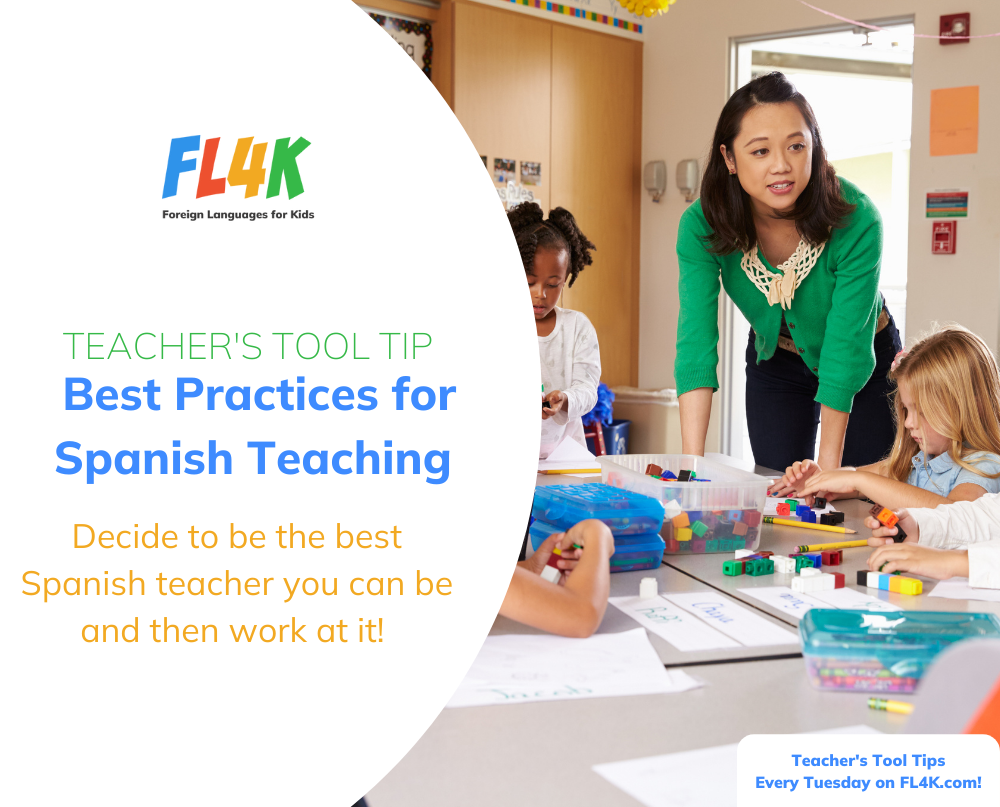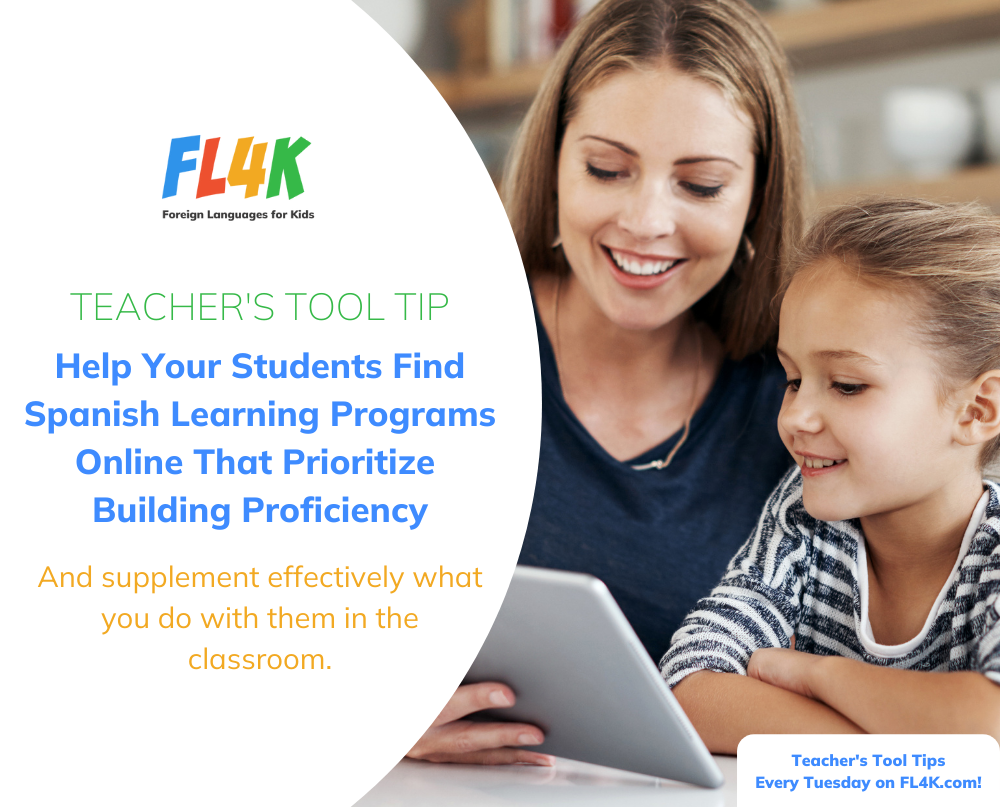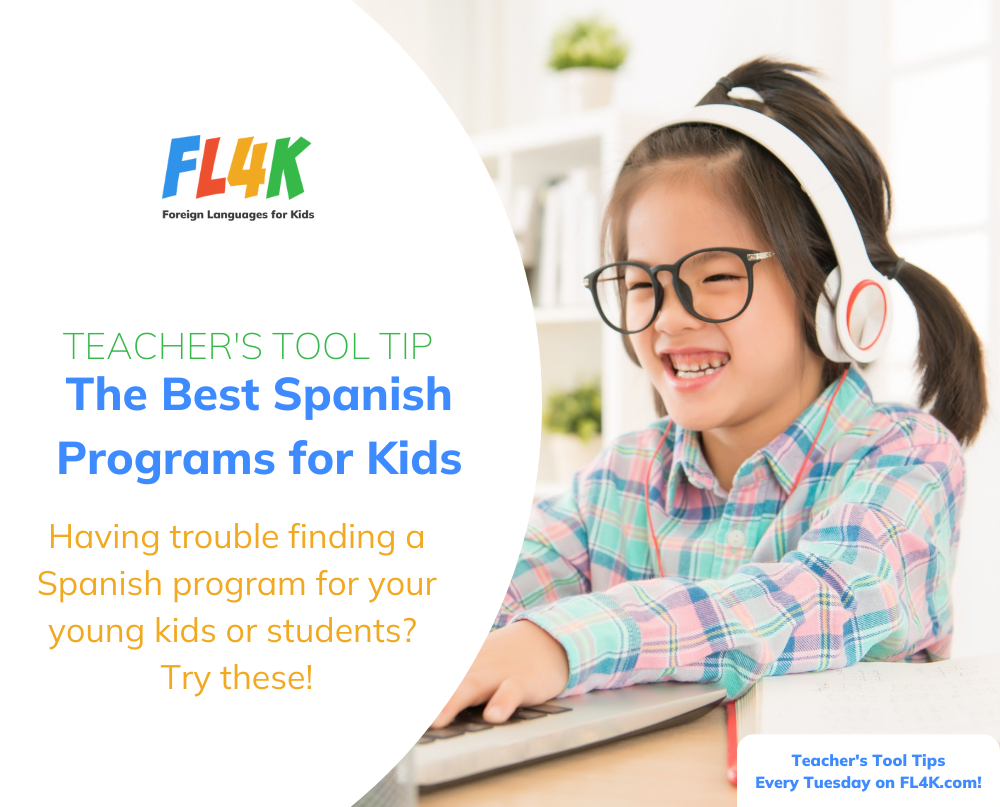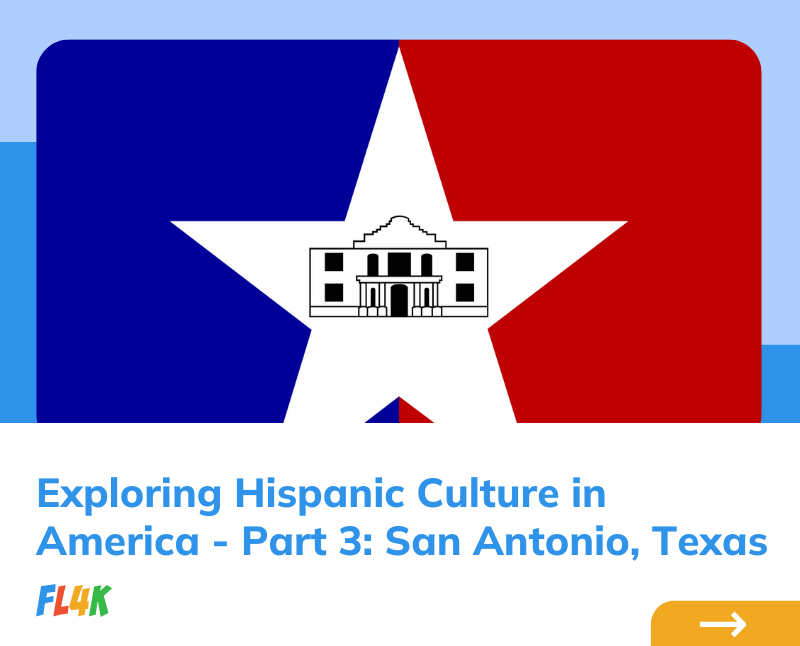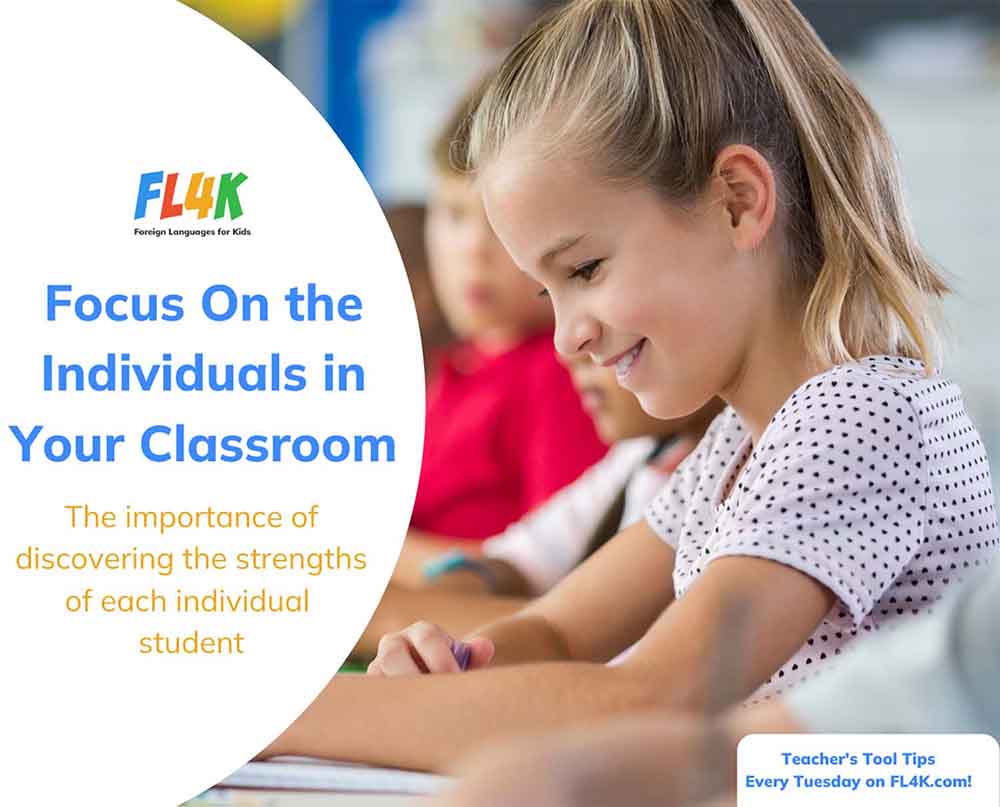There are a few things I have learned in my 43-year tenure teaching Spanish! As strange as it may sound, it’s much like the game of golf – challenging enough that you want to keep doing it, knowing that you can always improve. I’ve often thought about writing a book about the lessons I have learned on the job to save inexperienced Spanish teachers from the harsh early learning curve. For now, I will settle on touching on the wisdom I’ve gained from my experience.
The art of it all!
My husband used to chide me as I poured over lesson plans in order to be as creative and engaging for my students as possible. He would say, “Don’t you have this down to a science?” “Well, guess what?” I would say to him, “Teaching is not a science, it’s an art.”
This is the truth and is what makes teaching Spanish or anything, for that matter, both challenging and fun! There are literally thousands of ways to be successful and yet, success in Spanish teaching eludes so many professionals.
Why? One of the great secrets is that it is all about the learner, not the teacher! The days of the “sage on the stage” are over for Generation Z! The onus is no longer on the teacher, but rather on the student. The game of teaching, so to speak, is more about understanding best practices in language teaching that motivates and engages students in a way that they can’t wait to be in your classroom.
It’s all about them, not you! Easier said than done, right?
Best Practice #1 in Spanish teaching: Create a safe community in your classroom
Learning to speak another language can be intimidating and even daunting! Who wants to take risks in speaking when someone is publicly correcting them and others may be laughing at their attempts to imitate new sounds?
Sadly, this is a common scenario in traditional language classrooms. Think about it! This is awful. Who can learn when in constant fear of derision or scorn? Whether you are teaching Spanish or any language, let it be a place where it is OK to get it wrong. Set up lots of opportunities for individual and partner practice where there is no audience waiting for you to get it wrong!
Think about how children acquire language. They hear the correct words over and over before they can actually produce them on their own. They practice every single day! Acquiring language is a slow process and it is incumbent on teachers to provide the practice and patience necessary without humiliating their students.
There will always be gifted and talented language students that intimidate other language learners with their natural ability. If you set up practice in the right supportive community environment, every student does not have to constantly be compared to these born-linguists!
Best practice #2 for Spanish teaching: Make your classroom a crucible for language practice that leads to proficiency
Again, this is easier said than done, but making your classroom a place where students can comfortably practice their skills is key to Spanish teaching!
Creating motivating ways for students to interact is the challenge of every day with your students. Join online Spanish teaching communities where the synergy of sharing ideas for best practices abounds. Adhere to the tenet of successful language classrooms by constantly brainstorming how to get your students talking to each other!
Recently, I had an inexperienced Spanish teacher tell me that she was rather flabbergasted that the middle school students she inherited had never heard of ser and estar! I wanted so badly to tell her that teaching the difference between ser and estar is NOT the key to Spanish teaching.
This fine grammar point has far too long been the focus of Spanish teaching! Forget about it and start thinking about communicative chunks of language that have meaning like, “¿Donde está el hospital?” and “¿Como es tu hermano?” Start planning for how you will get your students engaged in real-life scenarios using language in a context.
Ser and estar are going to challenge the English speaker forever! What a terrible way to set students up to fail at doing something as natural as learning another language. Let them hear it done right over and over and they will get it! This is true language acquisition.
Best practice #3 for Spanish teaching: Speak Spanish 90% of the time!
Don’t give in! Don’t give up! You have to model the language for your students in a way that they can understand you! Challenge yourself to communicate in a way that students can begin to understand you!
Find resources where simple Spanish is used! Use hand motions, lots of intonation, slow it down, and give them a chance to interpret! This is what the process of language learning is all about! Don’t take the easy way out if you want results.
If you are a native speaker, have mercy on your students. Slow it down. If you are a non-native speaker, find every way possible to keep your skills sharp such as summer immersion programs, online classes, and frequenting communities where Spanish is spoken.
In fact, help your students find as many immersion experiences as possible, too. Stay true to this tenet of best practice for Spanish teaching.
Best Practice #4 for Spanish teaching:
Clearly outline the path to progress for every student by using standards-based teaching
Don’t make success in the classroom contingent on being better than everyone else! Make it dependent on developing and improving your own skills.
Allow for differentiation by comparing students to themselves according to a set of standards. Lead them all to their own eventual success, allowing for individual timetables for progress. As long as students are improving, don’t measure them according to another student’s rate of progress or level of advancement.
Some textbooks are beginning to provide rubrics for standards-based teaching. Wayside Publishing, for example, has a series called, EntreCulturas, that offers one of the best scope and sequences for standards-based teaching on the market today.
Educate yourself on standards-based teaching. Go to the ACTFL website and take a look at all the educational opportunities to learn about Spanish teaching for proficiency.
One of the very best professional opportunities would be to sign up for a MOPI workshop. Learn what the proficiency levels mean, Novice-Advanced, and how to create materials to help students acquire skills.
Honestly, students are so much more motivated and engaged when they understand more specifically how to improve. A Novice speaker can list, for example, whereas an intermediate can start to create strings of sentences using connector words that are intentionally taught. It is amazing to see the confidence that students develop when they know the steps to improving versus the confounding difference between ser and estar that in the end is not the key to actually communicating.
When did we ever teach babies the rules before they could imitate and practice?
Best Practice #5 for Spanish teaching: Teach students about the Spanish-speaking world in a way that promotes proficiency and holds their interest.
Teaching Spanish in a vacuum is dull! Why not promote intercultural awareness and nurture global citizenship at the same time you are building proficiency? Why not present global challenges for students to ponder and use authentic materials to engage Gen Z with information at their fingertips?
Seek curriculum that has real-life application. Integrate cultural lessons into every class, not something to be taught on Fridays.
If you don’t know much about the 20 Spanish-speaking countries and one Spanish-speaking US territory, start learning. It can be the challenge of a lifetime to maintain a growth mindset about delving deep into these very distinct cultures and even their regional language. You need never be bored with Spanish teaching.
Closing thoughts
After 43 years in the classroom I finally hung up my hat, not because I couldn’t wait to get away from the demands of teaching, but to make my grandchildren my #1 priority. In fact, I suffered a great deal of sadness every day for the last few months in the classroom. I sincerely loved every day for all those years. I loved the students, the opportunity to craft lessons for them, and most of all the chance to learn and grow as a teacher every single day.
If you are lucky enough to have chosen Spanish teaching as a career, get after it! Take the leap to grow and learn everything you can about how to inspire students to love language learning and have some fun with each other along the way!
I was perfectly poised to retire and become a very engaged grandparent when an opportunity landed in my lap to join a teacher team of World Language specialists in creating a state-of-the-art toolkit for building proficiency and interculturality for Pk-12 students.
If you have any interest in the latest iteration of our creation, check it out and sign up for early access at FL4K.com.
And lest you worry about the abandonment of my grandchildren, they ARE finally my #1 priority. “Pura vida” como dicen los ticos!
